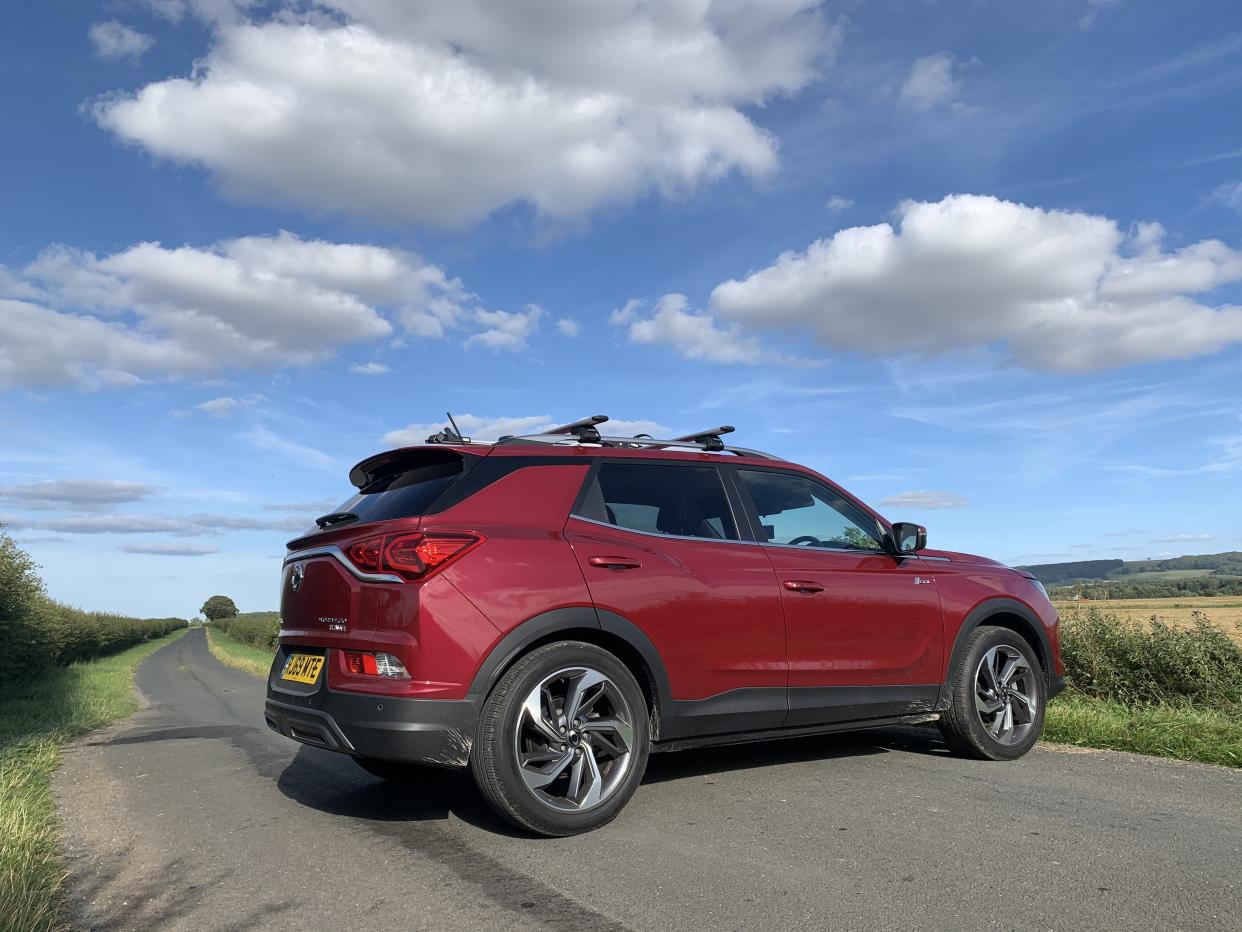Long-term report: Exploring the technology in our SsangYong Korando

We’re now five months into SsangYong ownership and I’m convinced the Korando is the best car yet to come from the firm.
While we’re still not quite at the levels of quality that fellow South Korean manufacturers Hyundai and Kia have reached, this Korando certainly isn’t far off the pace and it’s an enormous step forward compared to its predecessor.
Perhaps the area where the new Korando feels like the biggest step forward is on the technology front – not least the brilliant digital dials.

While such systems are nothing new – Audi has been doing it for years with its ‘Virtual Cockpit’ – I reckon the Korando’s 10.25-inch system is one of the best around. The graphics are crystal clear, and there are various screens you can flick through – from a simple one showing you the speed and nothing else, to a traditional dial setup and one which changes the speed and rev counter to a scroller. It’s clever stuff.
While you tend to settle on a single display – I personally like the one just showing the speed – it’s great to have this choice. Another highlight is the fact you’re able to integrate Apple CarPlay and Android Auto into the dials. While most cars with a touchscreen nowadays come with this smartphone mirroring tech, few integrate into the digital dials system.
But the Korando does and it’s cleverly thought through. Especially as I prefer to use Google Maps from my phone, rather than the actual built-in satellite navigation system for directions, it means you don’t have to take your eyes off the road to see it as it’s there in front of you. Another big thumbs up for the Korando.
Playing around with the excellent digital dials on the long-term @SYMotorUK Korando yesterday and rediscovered the ability to change the indicator sound (just listen!). Not quite sure why it exists, but I’m glad that it does. pic.twitter.com/M60axt9tRW
— Ted Welford (@TedWelford) July 28, 2020
Within all this tech, though, there are some real oddities. Take, for example, the ability to change the sound of the indicator – not just the volume but the actual noise it makes.
Nestled within a sub-menu, which I’d never properly explored, it’s perhaps one of the strangest features I’ve ever seen on a car. And yet while it’s entirely unnecessary, I just love that it exists. Can you imagine more sensible firms like VW or Vauxhall doing that? Absolutely not, and it’s why I value the Korando for offering that bit more character than usual.
Outside of messing about with the dials, it’s been a fairly quiet month for the Korando, which has only just ticked over 2,500 miles. Though another big win for it recently was being able to squeeze a set of deck chairs on the back seats for a family barbecue. With the boot already full, I wasn’t convinced that the chairs would fit on the back seats at all. However, with wide-opening rear doors and loads of height in the back seats, they fitted in with ease. That’s another tick for the SsangYong’s Korando’s practicality – something I was already very impressed with following last month’s house move.

I’ve also been trying to get the fuel economy up, as it’s constantly annoyed me ever since I’ve collected the Korando, with anything above 30mpg being a rarity. So, keen to see that it wasn’t just my driving, I’ve been trying to drive as if there was a pillow nestled below the accelerator.
Though even with the steadiest of driving I’ve ever done, and not exceeding 50mph, it still only recorded 36.1mpg – something that makes me wonder how on earth you get the 40mpg that SsangYong claims…
But as that’s my only real grumble so far with the Korando, it’s certainly a sign of SsangYong’s leap into mainstream territory. And with RJ69 MTE set to be returned next month, it’s looking like it’ll be a reluctant goodbye.


